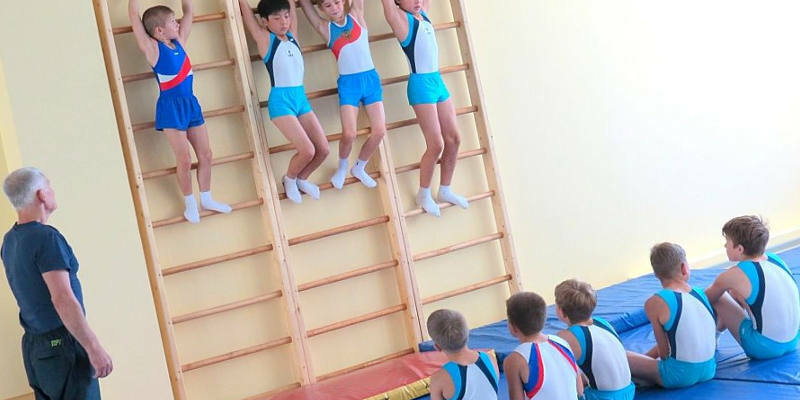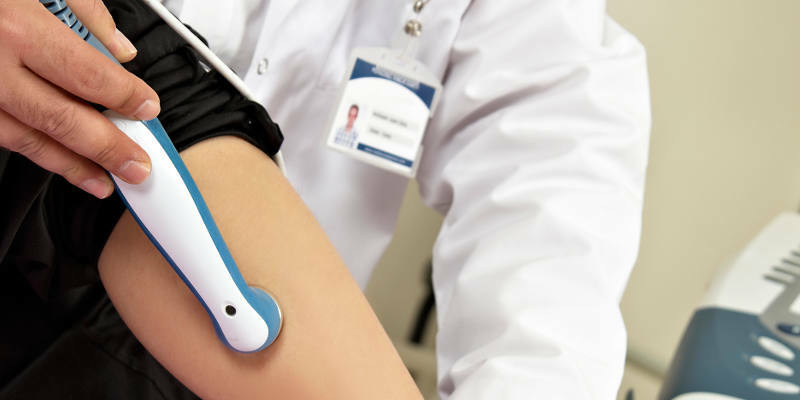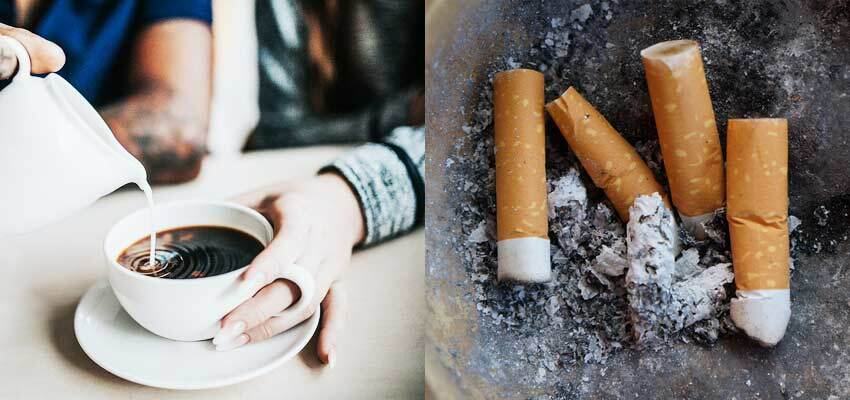
Contents of the page
- 1 Orthostatic hypotension - what is it?
- 2 Causes of orthostatic hypotension
- 3 Symptoms and underlying signs of
- 4 How to treat orthostatic hypotension?
- 5 Therapy with folk remedies
Such a condition as orthostatic hypotension( or orthostatic collapse) can not be attributed to a specific disease. Rather, it is a violation of the regulation of blood pressure, caused by a weakened vascular tone and the inability of blood vessels to maintain blood pressure. This is a common problem among the elderly, but often the characteristic symptoms are observed in the puberty period, when the development of the vascular system does not keep up with the needs of the growing organism. In this case, you should not worry, because in the future the state stabilizes.
Orthostatic hypotension - what is it?
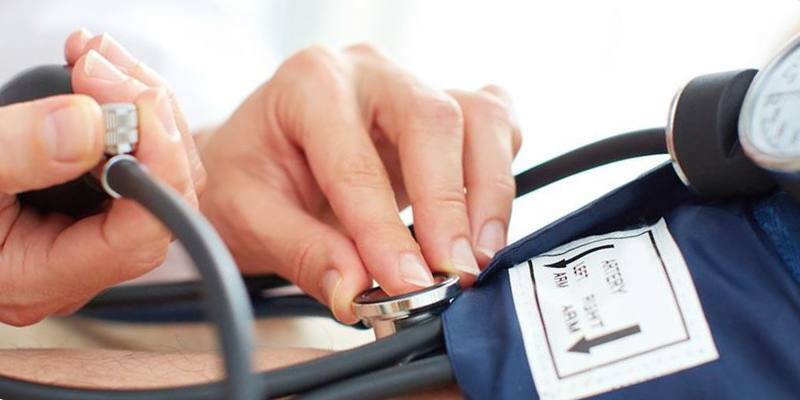
Orthostatic arterial hypotension is a syndrome that accompanies many neurological and somatic diseases. Expressed in a sharp drop in systolic and diastolic pressure at the time the person rises. When moving from a horizontal position to a vertical, blood, under the influence of gravity accumulates in the veins of the limbs and organs located in the lower part of the body. As a result, the volume of blood returning to the heart decreases and blood pressure drops.
To restore the pressure to normal, the heart begins to beat more often, and the blood vessels narrow. If such a compensatory reaction is not enough, severe weakness, dizziness, and fainting develop.
Orthostatic hypotension is diagnosed in cases where after 2 to 3 minutes of standing in the vertical position the systolic pressure decreases by more than 20 mm Hg.diastolic - more than 10 mm.rt.st and there are typical symptoms associated with impaired blood supply and insufficient blood flow to the heart and brain.
Causes of orthostatic hypotension
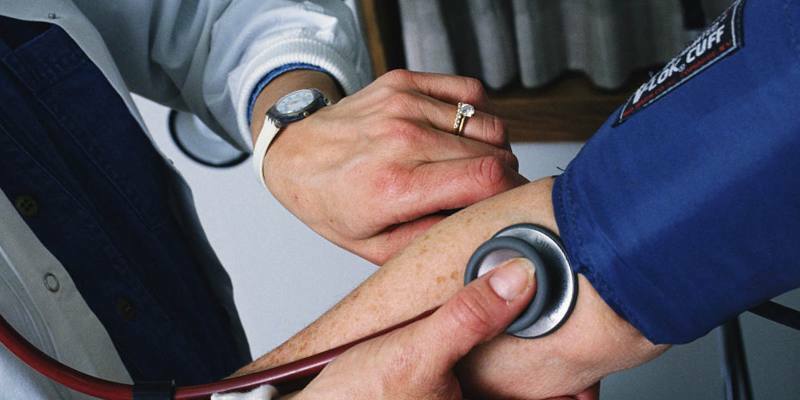
Factors contributing to the development of hypotension may include the following conditions:
- of thyroid disease( hypothyroidism);
- abnormalities of adrenal and pituitary gland;
- Addison's disease;
- cardiac pathology( arrhythmia, pericarditis, heart failure);
- diseases of the nervous system( Parkinson's disease, hydrocephalus);
- varicose veins and postthrombotic syndrome;
- diabetes mellitus, diabetic neuropathy;
- changes in the hormonal background during pregnancy or puberty;
- vascular pathology( atherosclerosis);
- alcohol abuse;
- extensive bleeding;
- dehydration of the body due to intoxication, when there is a loss of fluid with diarrhea, vomiting, excessive sweating;
- unbalanced diet, adherence to rigid diets leading to vitamin deficiency;
- chronic stress, nerve strain;
- prolonged adherence to bed rest.
Symptoms of orthostatic hypotension may occur in response to taking certain medications. Often, the pathology occurs as a result of injuries to the spinal cord and spine, or develops against the background of vegeto-vascular dystonia.
Symptoms and main signs of
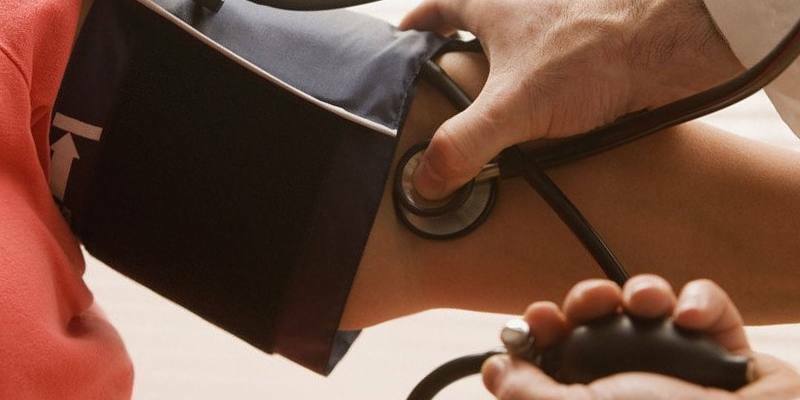
The most common manifestations of hypotension are associated with impaired blood flow to the brain. In this case, the following symptoms are noted:
- severe dizziness, which does not pass even in a sitting position;
- sensation of heaviness in the head;
- hearing loss, tinnitus;
- sudden weakness, increased fatigue;
- darkening in the eyes, blurred vision;
- nausea or vomiting;
- appearance of copious cold sweat;
- convulsions in the limbs;
- fainting or unconsciousness.
If a violation of the blood supply affects other organs, such manifestations as breathing disorders, dyspnea, heart pain, symptoms of angina and myalgia may occur.
The state of health most often deteriorates sharply in the morning, when the patient gets out of bed. In addition, signs of hypotension occur with a sudden change in body position, prolonged standing in one posture, increased physical exertion. There were cases when the characteristic symptoms were manifested after a plentiful meal.
Types of the disease
Depending on the causes of the characteristic symptoms, there are several types of orthostatic collapse.
- Idiopathic. Arises unexpectedly, the reasons for development remain unknown.
- Medicated. It develops against the background of taking medications( antiarrhythmic, vasodilating, anti-ischemic, psychotropic and diuretic medications, drugs to reduce blood pressure).
- Subacute givolemia. It occurs as a result of a decrease in the volume of circulating blood against the background of intoxication and dehydration of the body, extensive blood loss, adrenal diseases or diabetes mellitus.
- Acute givolemia. Severe condition, in which the volume of circulating blood is significantly reduced, due to the same factors as in the subacute form.
- Shay-Draiger Syndrome. The condition at which the pressure in the vessels falls when the position of the body changes. It develops on the background of hormonal failures and lesions of the nervous system.
Diagnosis
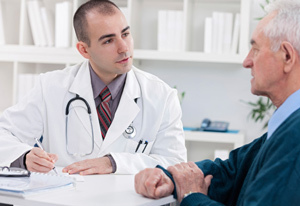
If you have any anxiety symptoms, you should consult a doctor for examination and treatment. During the appointment, the specialist will clarify when there are characteristic manifestations( weakness, dizziness) and with what the patient associates such a condition. Perhaps the signs of hypotension appeared after taking medication, against dehydration or bed rest.
Next, the doctor should pay attention to the family history and lifestyle of the patient. The survey reveals whether close relatives suffered from cardiovascular diseases and signs of hypotension, whether syncope occurred during the transition to a vertical position, whether such symptoms were manifested against the background of alcohol abuse, intense physical exertion and other provoking factors.
During the examination of the patient, they listen to the heart, pay attention to the condition of the veins on the legs, note the color of the skin and the presence of signs indicating dehydration. Blood pressure measurement is carried out twice: the first time in the "lying" position, the second - after the transition to the vertical posture( for 1 3 minutes).
Criteria indicating the presence of orthostatic hypotension, will be the pallor of the skin, a decrease in systolic and diastolic pressure, accompanied by dizziness and fainting.
Research

To determine the reasons for this condition, the patient must undergo a series of laboratory and instrumental studies.
- A general and biochemical blood test will identify anemia, determine the level of creatinine, urea, potassium, sodium and cholesterol in the body, which will allow to judge the presence of concomitant diseases.
- An assay for determining the level of hormones in the blood will help confirm or exclude thyroid disease( hypothyroidism, hyperthyroidism).
- Echocardiography. A method that gives an idea of the state of the heart muscle.
- ECG is a study that allows to identify concomitant cardiac pathologies. Holder monitoring. It is carried out during the day, helps to identify violations in the work of the heart and the autonomic nervous system.
Orthostatic tests
Orthostatic tests are a good result, which are performed in two versions:
- Active load. In this case, the patient himself changes the position of the body. He is asked to lie down, after relaxing for a few minutes, after which he abruptly move to a sitting position.
- Passive load. This option involves placing the patient on a special rotating stand. This excludes the participation of the muscles of the skeleton in motion, the body of the patient is passively translated into a vertical and horizontal position.
- Orthostatic tests allow you to accurately determine the necessary parameters: blood pressure level, heart rate and general condition of the patient. If necessary, vagal samples are performed, consisting of mechanical stimulation of the vagus nerve. This method of research gives an idea of the influence of the autonomic nervous system on cardiovascular activity.
When diagnosing orthostatic hypotension, it is important to differentiate this state from ordinary fainting. To do this, you need to know certain features that accompany both states. Thus, with hypotension, worsening of the condition is noted only with a change in the position of the body or with intensive physical activity, and the symptoms always appear under the same conditions and with equal force.
Conventional syncope is not associated with such limitations and can happen under any circumstances, and arising from the same situation, with time become less pronounced. Another difference is that during an unconscious condition the skin is moist and warm, and the patient himself says that he feels warmth at that moment. For hypotension such feelings are not characteristic.
In order to exclude neurological diseases, accompanied by similar symptoms, the patient will be referred for consultation to a neurologist. The treatment of orthostatic hypotension is initiated only after the final diagnosis is made.
How to treat orthostatic hypotension?

The methods of therapy used for hypotension depend on the causes that cause the development of the disease. So, if such a state provokes the taking of medicines, first of all they cancel the medicines or find a substitute for them.
If hypotension occurs infrequently and occurs mildly, the patient should follow the following recommendations to normalize the condition:
- Avoid abrupt changes in body position. In the morning, do not jump out of bed immediately after waking up, it's better to lie down for a few minutes and then slowly get up. Ignoring this rule can lead to loss of consciousness, fall and injury, which is especially dangerous for the elderly and pregnant women.
- If the appearance of characteristic symptoms is associated with varicose veins, it is recommended to wear compression linen( special elastic stockings or pantyhose).
- Patients who are forced to adhere to bed rest for a long time are advised to perform light physical exercises, sit more often in bed, change body position.
- Under reduced pressure it is allowed to increase the salt content in the diet, you can eat salted vegetables, lightly salted herring, smoked products, canned food, meat products. Of course, this recommendation does not apply to elderly people and patients with pathologies of the cardiovascular system.
Patients with orthostatic hypotension are recommended to lead a healthy lifestyle, completely give up smoking and drinking, spend more time in the open air, perform feasible physical work. It is very important to comply with the drinking regime( 1.5-2 liters of liquid per day), properly and fully eat, increase the consumption of fresh vegetables and fruits, meat and fish, fermented milk products.
Chronic stage
If the disease has passed into a chronic stage, drug-free treatment is indispensable. The doctor will choose a treatment regimen taking into account the cause of the disease, the severity of the manifestation, the age of the patient, the presence of concomitant diseases and other individual characteristics. In the treatment of orthostatic hypotension, medicines of the following groups are used:
- Preparations of adrenergic action, with vasoconstrictive effect. Their use makes it possible to avoid a sharp drop in pressure when the position of the body changes.
- Adaptogens are drugs that stimulate the CNS and autonomic nervous system, which are responsible for the normal functioning of the respiratory system, circulation, secretion, metabolism.
- Mineralocorticoids. The principle of action of drugs in this group is based on the retention of sodium ions in the blood. As a result, there is a spasm of the peripheral vessels, which leads to the exclusion of a sharp drop in pressure when the position of the body changes from horizontal to vertical.
- If necessary, prescribe NSAIDs( non-steroidal anti-inflammatory drugs), which, in addition to its direct function, have a spasmodic effect on peripheral vessels and thereby prevent a drop in pressure.
- Beta-adrenoblockers - drugs of this group enhance the action of mineralocorticoids, positively affect the tone of the autonomic nervous system and the level of blood pressure.
If puberty or pregnancy becomes a cause of orthostatic hypotension, drug treatment is not used, you just have to wait out this period. After the body is rebuilt, it can adapt to pressure changes independently, without the help of medicines.
Therapy with folk remedies
To reduce the severity of the symptoms of orthostatic hypotension, plant-based preparations or herbal and herbal infusions that can be cooked at home are helped. Tinctures have a good tonic effect on the vessels:
- ginseng;
- Eleutherococcus;
- of Chinese magnolia vine;
- Rhodioles;
- immortelle;
- of the Tartar;
- of the golden root.
You can buy the aforementioned herbs in dried form, brew according to the instructions and drink instead of tea. In this case, you need to pay attention to possible contraindications, since some herbal remedies can not be used in diseases of the heart and digestive system. Take decoctions and infusions should be in agreement with the doctor and in strict accordance with his recommendations.
Possible consequences of
Major complications of orthostatic hypotension include fainting. They can be mild( accompanied by nausea, weakness, pallor) or deep( with the appearance of increased sweating, involuntary urination, seizures).The main danger of fainting is the likelihood of injury if you fall after losing consciousness.
Often repeated attacks of hypotension can lead to serious damage to the central nervous system, hypoxia( oxygen starvation) of the brain, aggravation of neurological diseases, the development of dementia or stroke.
To avoid such dangerous consequences, timely access to the doctor and correction of the condition with the help of medications, lifestyle changes and dietary help will help.

